As the festive season approaches, it’s easy to get caught up in the hustle and bustle of shopping, decorating, and planning. However, Christmas is also a time to unwind, reflect, and embrace. One of the best ways to relax and find fulfilment during this busy time is through creative activities. Whether you’re looking to tap into your artistic side or simply want to slow down and enjoy a calming activity, here are some Christmas-themed ideas to help reduce stress and boost your festive spirit.
Create Your Own Christmas Tree Decorations
One of the most soothing and fulfilling Christmas activities is crafting your own tree decorations. Not only is it a fun creative outlet, but it also allows you to add a personal touch to your home. You can create decorations using materials such as felt, paper, or even old buttons. Think of traditional designs like holly, snowflakes, or robins, or go wild with glitter and paint for a modern twist.
Taking your time with each decoration and focusing on small details helps you be present in the moment, reducing stress while creating something beautiful to hang on your tree.

Bake Traditional Mince Pies
Nothing brings the festive spirit to life quite like the smell of fresh-baked mince pies. The process of making and baking these classic British treats can be incredibly calming, from rolling out the pastry to filling it with fragrant mincemeat. You can even experiment with different pastry designs, such as a simple star topping or a lattice.
Baking not only gives you a creative activity to focus on but also offers a sense of accomplishment when you pull your delicious pies out of the oven. Plus, sharing them with loved ones or enjoying one with a cup of tea is the perfect way to wind down.

Craft a Christmas Wreath
Making a Christmas wreath is a wonderful way to embrace nature and connect with the season. You can use fresh greenery like holly, ivy, and pine, or opt for artificial materials for a longer-lasting wreath. Add a personal touch with festive ribbons, dried fruit, pinecones, or even a few glittering baubles.
The act of arranging and creating a wreath is both relaxing and rewarding. Plus, it gives you a beautiful decoration to hang on your front door or use as a centrepiece for your table.

Knitting or Crocheting a Christmas Scarf
Knitting or crocheting is known for its calming, meditative effects. Why not take up a festive project this Christmas? Create a scarf, hat, or mittens in colours like red, green, or gold. You can even add a personal touch with a few simple holiday-themed patterns like snowflakes or reindeer.
The rhythmic motion of knitting or crocheting can help quiet your mind, and the satisfaction of gifting something handmade adds a deeper sense of fulfilment to the festive season.

Design Your Own Christmas Cards
Instead of buying generic Christmas cards, why not make your own this year? Get creative with stamps, paints, and hand-drawn designs. You can even incorporate pressed flowers, glitter, or photos of your family to make each card truly unique.
Sending out personalised cards adds a special touch to the season, and the process of crafting each one can bring a sense of calm as you focus on spreading festive cheer to your loved ones.

Create Homemade Snow Globes
If you’re looking for a fun and creative Christmas craft, why not make your own snow globes? Using old jars, glitter, and small figurines, you can create a magical winter scene. Whether you go for traditional themes like snowy villages or modern ones like British red buses or robins, the process of assembling your snow globe is a calming, enjoyable experience.
Not only do you get to create something beautiful, but you’ll also have a charming homemade decoration to admire throughout the holiday season.

Build a Gingerbread House
Building a gingerbread house is one of the most nostalgic and creative Christmas activities. Whether you’re working alone or with family and friends, the act of assembling the house, decorating it with icing, and adding sweets is a wonderfully relaxing way to spend the afternoon.
Creating a gingerbread house encourages creativity, and the finished product is something you can proudly display as a festive centrepiece.

Take a Walk in the Winter Countryside
Sometimes, the best way to reduce stress is to simply step outside and immerse yourself in nature. If you’re able to, take a walk through the British countryside or along a festive town street adorned with Christmas lights. The crisp air, the sound of crunching leaves or snow underfoot, and the beauty of winter landscapes can be incredibly rejuvenating.
As you walk, allow yourself to slow down, take in the sights and sounds of Christmas, and simply be in the moment. It’s a perfect way to clear your mind and embrace the seasonal serenity.

Christmas is a time for joy, creativity, and connection, and these festive activities offer the perfect balance of relaxation and fulfilment. Whether you’re crafting, baking, journaling, or taking a peaceful walk, each of these activities allows you to slow down and embrace the true spirit of the season. By focusing on simple, creative projects, you’ll not only reduce stress but also create lasting memories and meaningful traditions that will enrich your holiday experience.
So, this Christmas, take time to nurture your creative side, let go of the hustle, and enjoy the peace and fulfilment that comes with doing something handmade, heartfelt, and stress-free.


 Christmas is a time for gathering with loved ones, sharing joy, and of course, enjoying a wonderful meal. This year, we’re making sure that every resident has something to celebrate with a variety of delicious Christmas Day menu options, designed to suit every taste and dietary preference. We have also put together a delicious Boxing Day and New Year’s Day menu.
Christmas is a time for gathering with loved ones, sharing joy, and of course, enjoying a wonderful meal. This year, we’re making sure that every resident has something to celebrate with a variety of delicious Christmas Day menu options, designed to suit every taste and dietary preference. We have also put together a delicious Boxing Day and New Year’s Day menu.

 How are our care home Christmas Day menu options chosen?
How are our care home Christmas Day menu options chosen? Christmas Day Traditional Menu
Christmas Day Traditional Menu







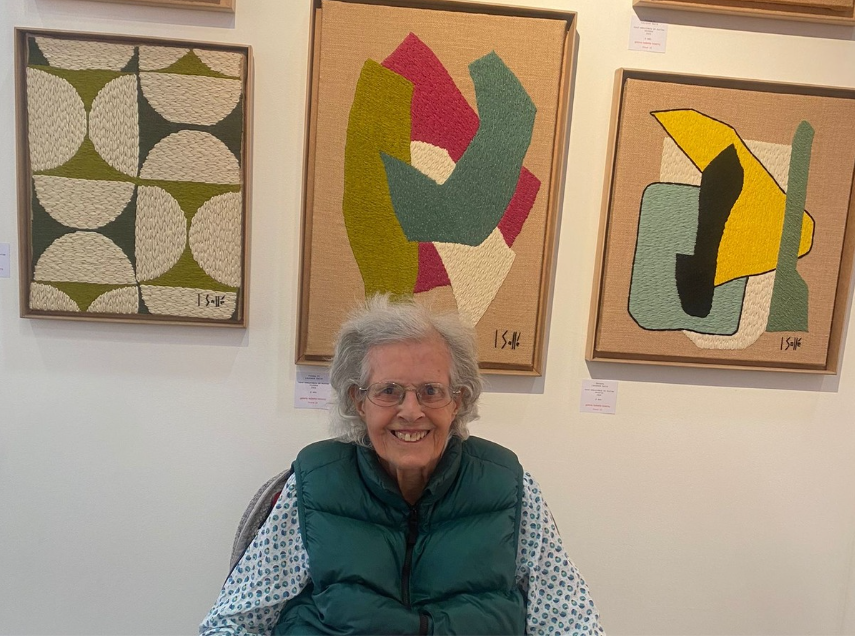




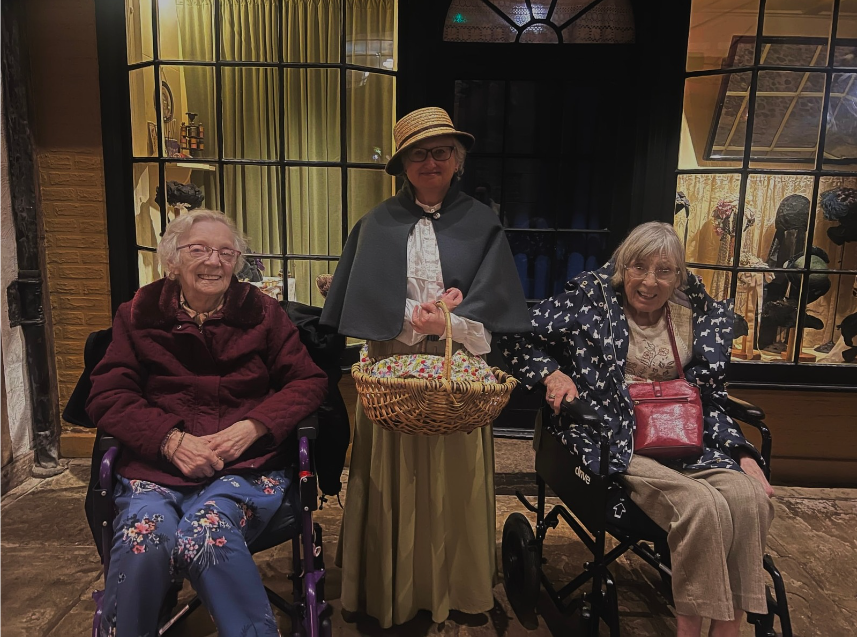
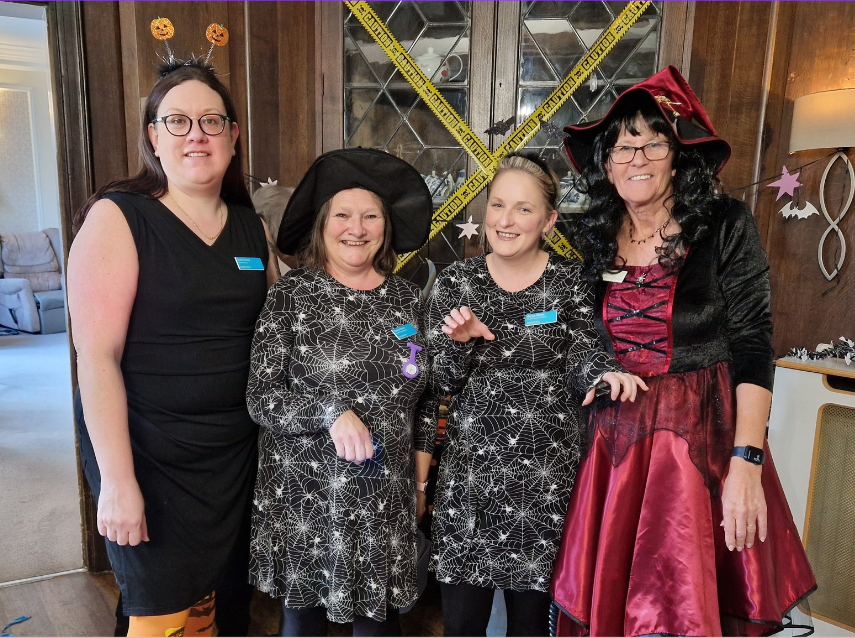
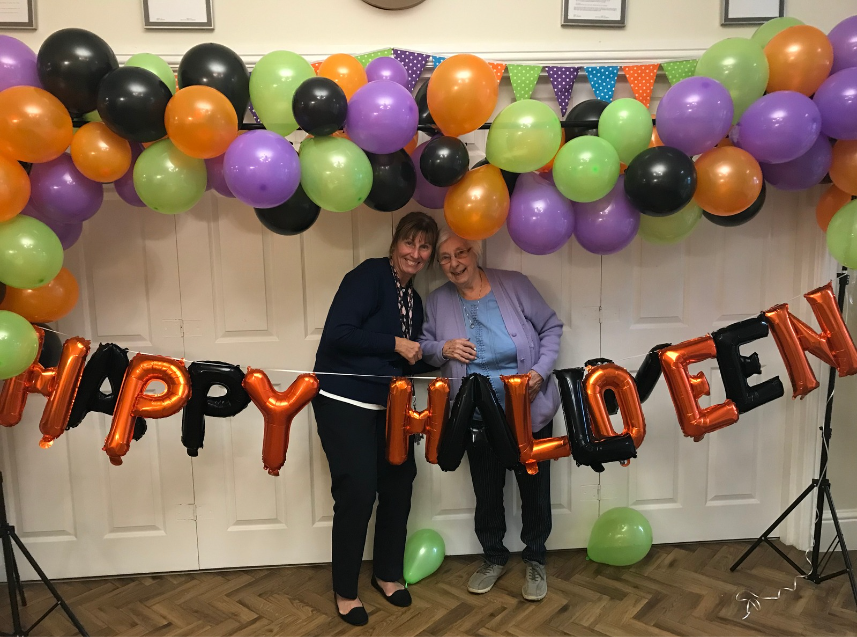

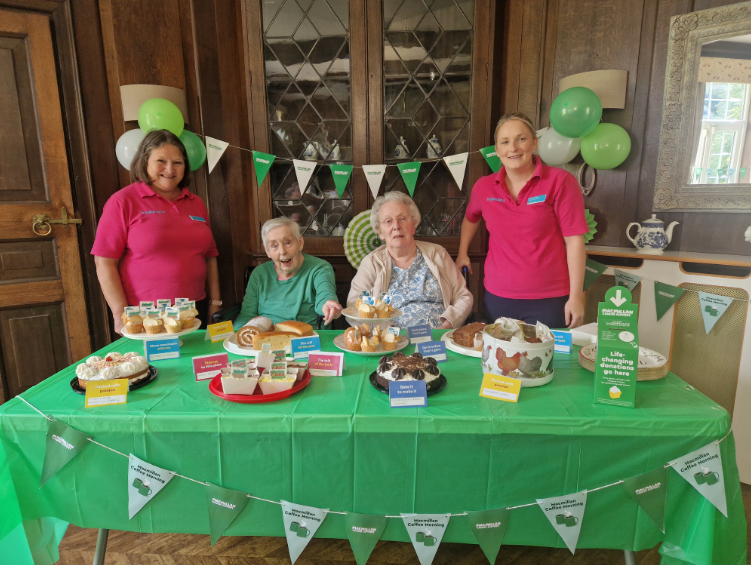



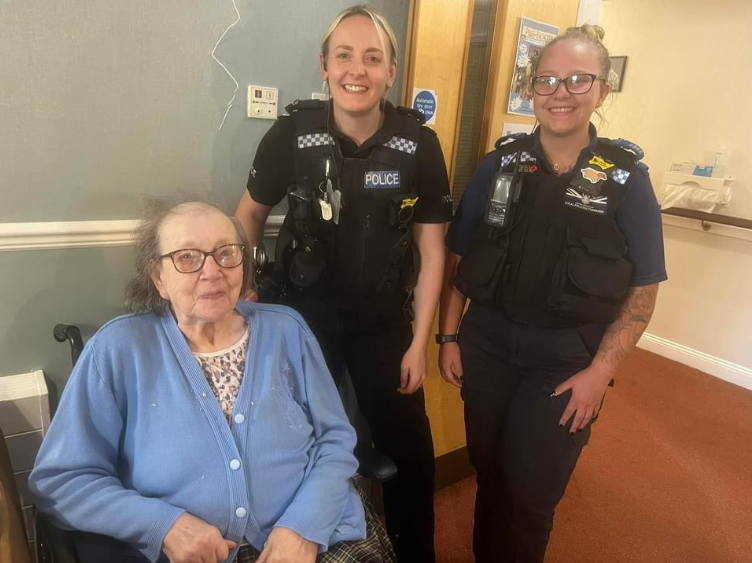

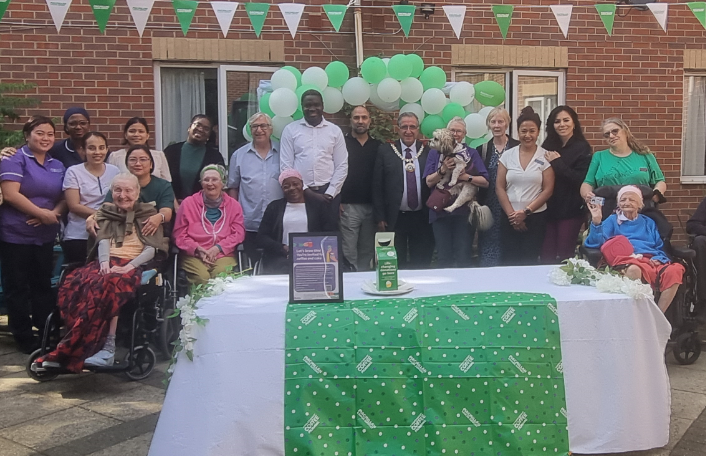
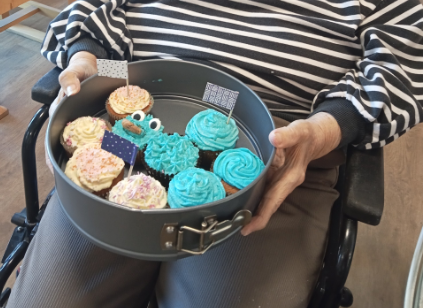
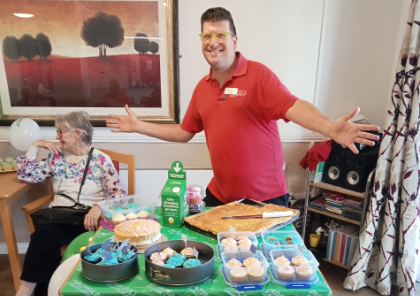





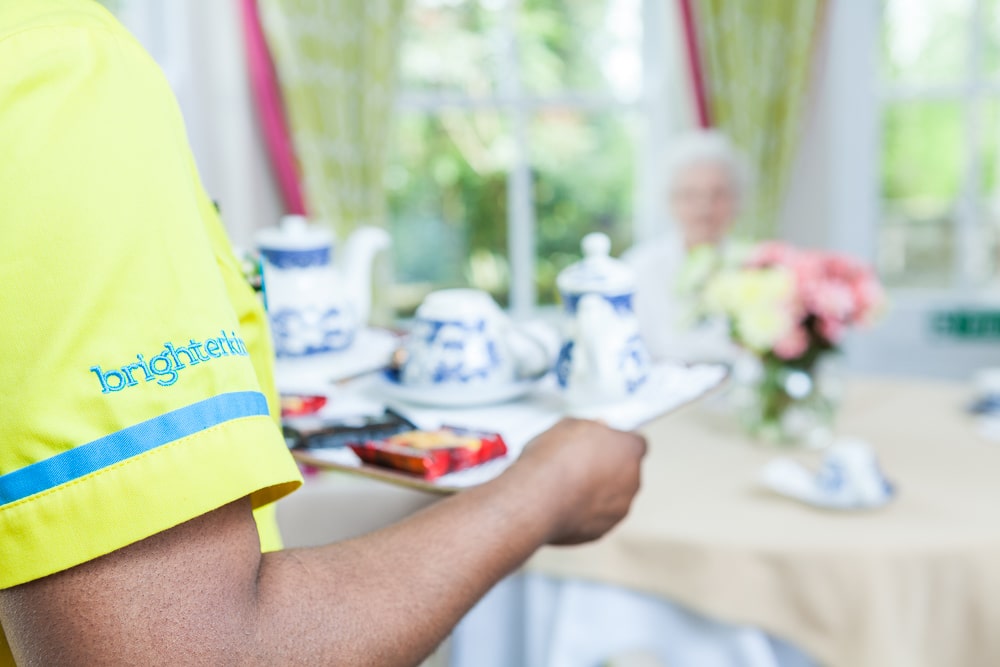

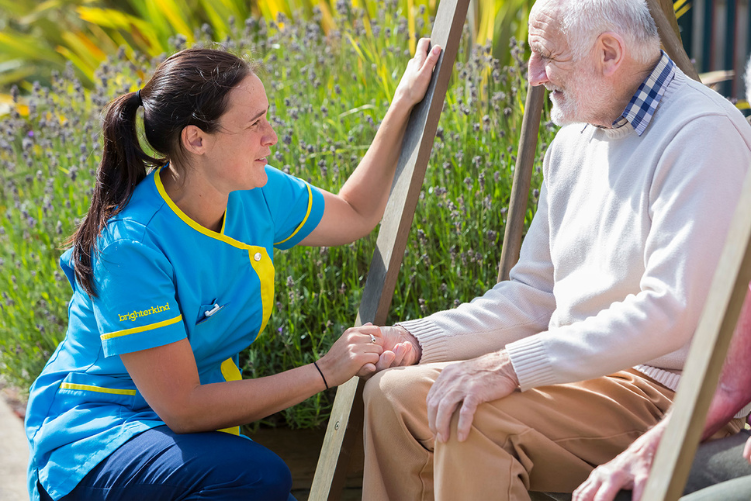

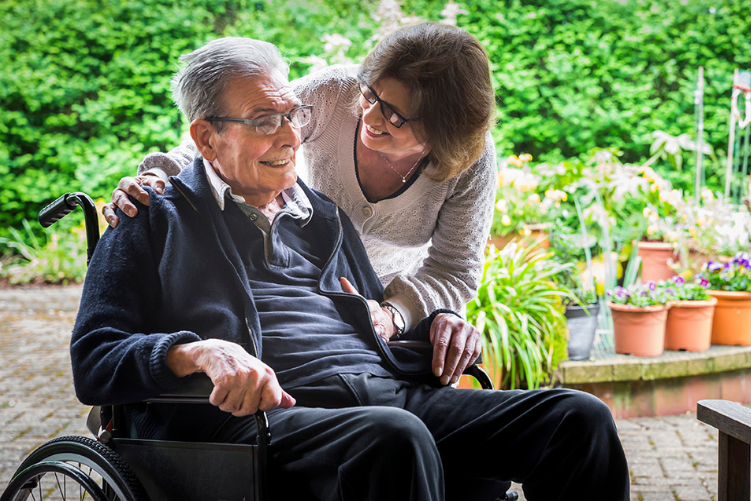
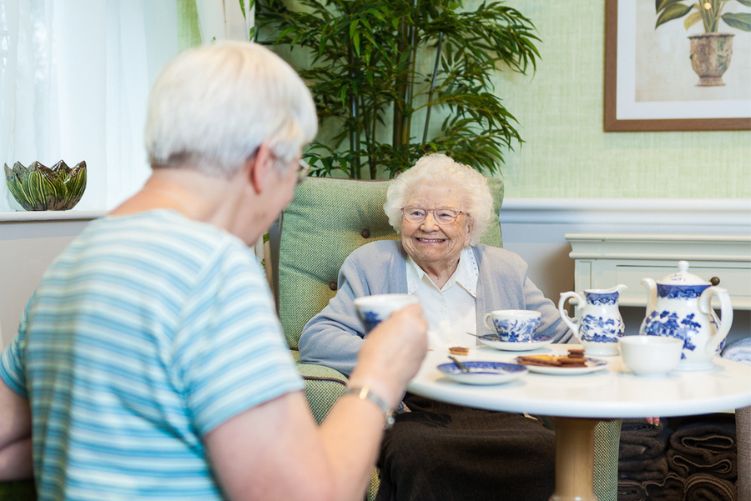







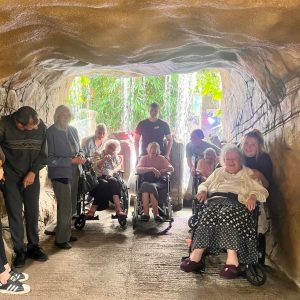


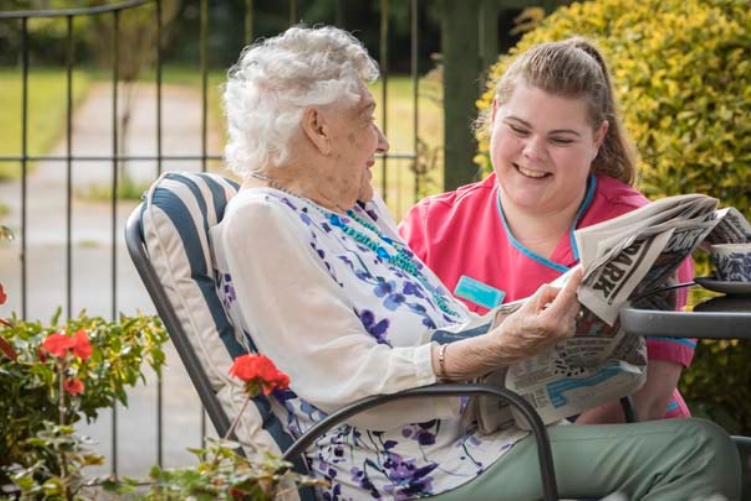
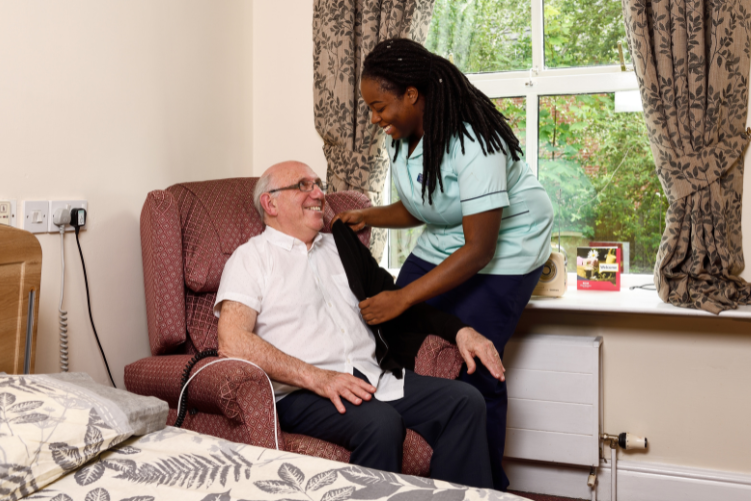
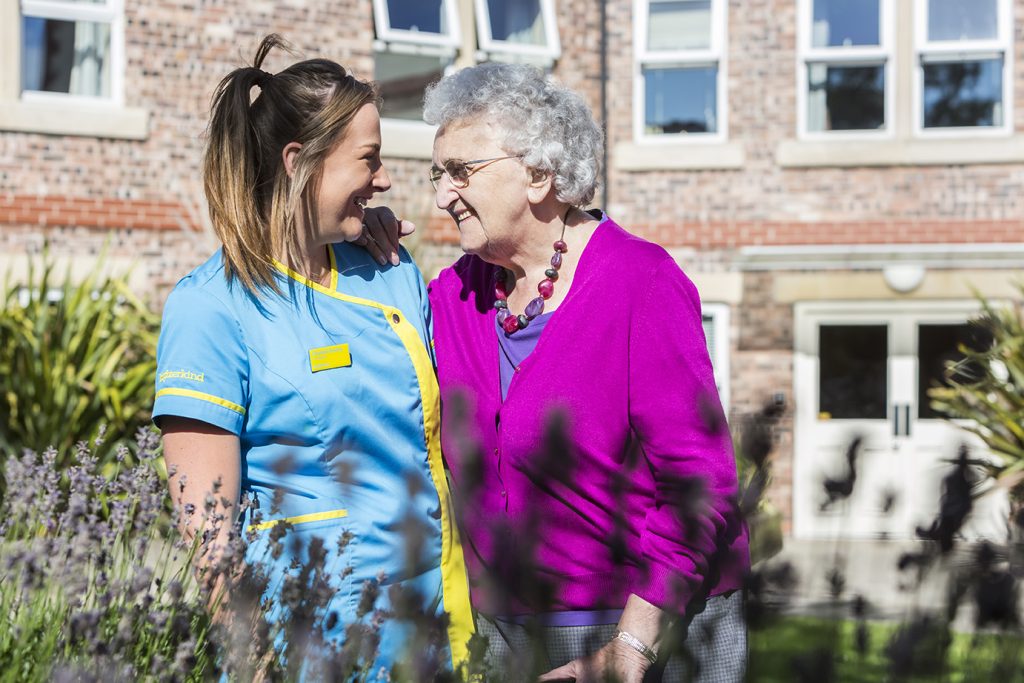
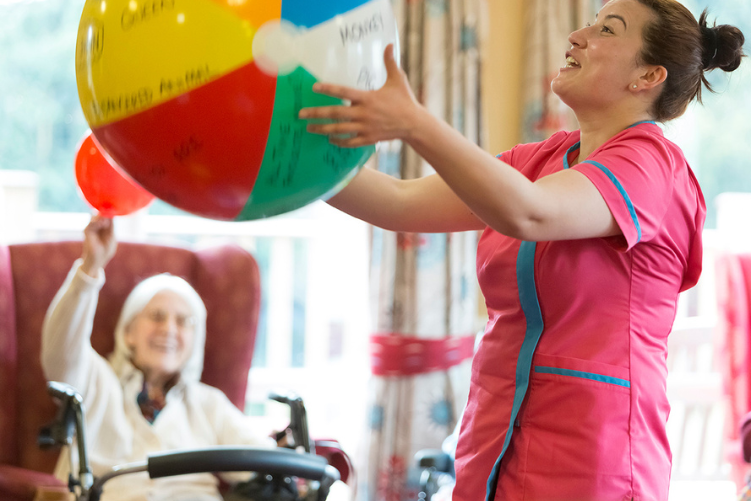


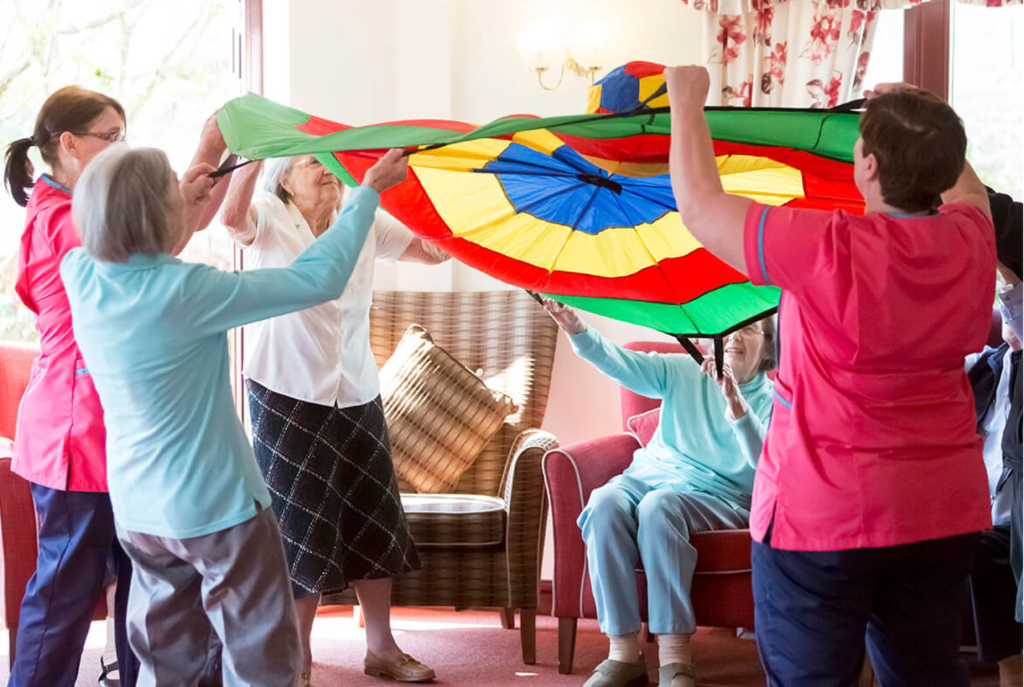
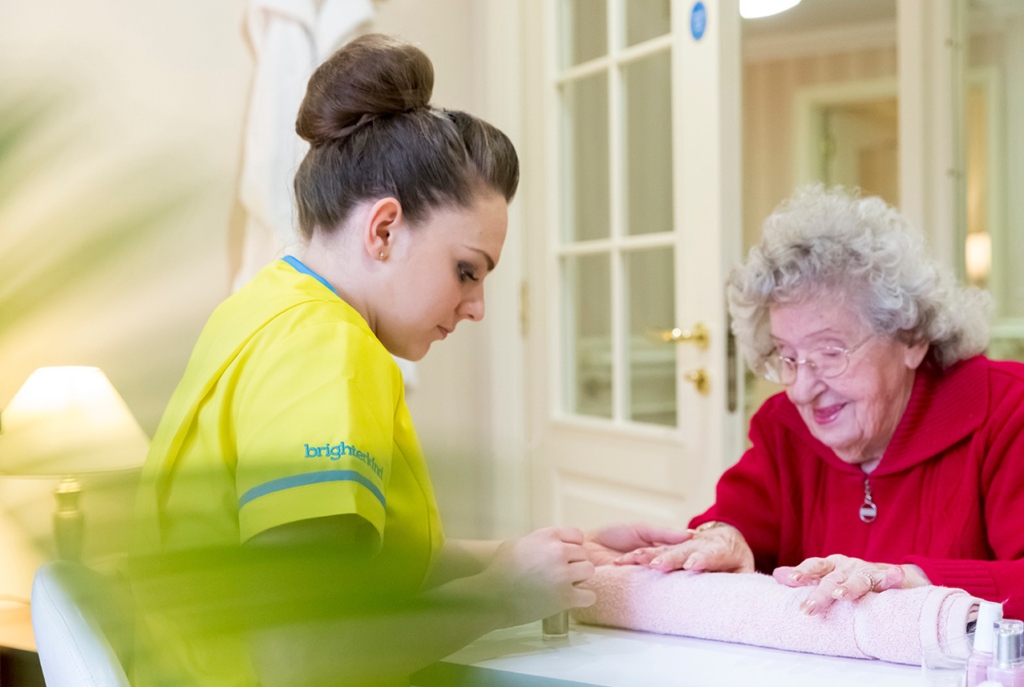
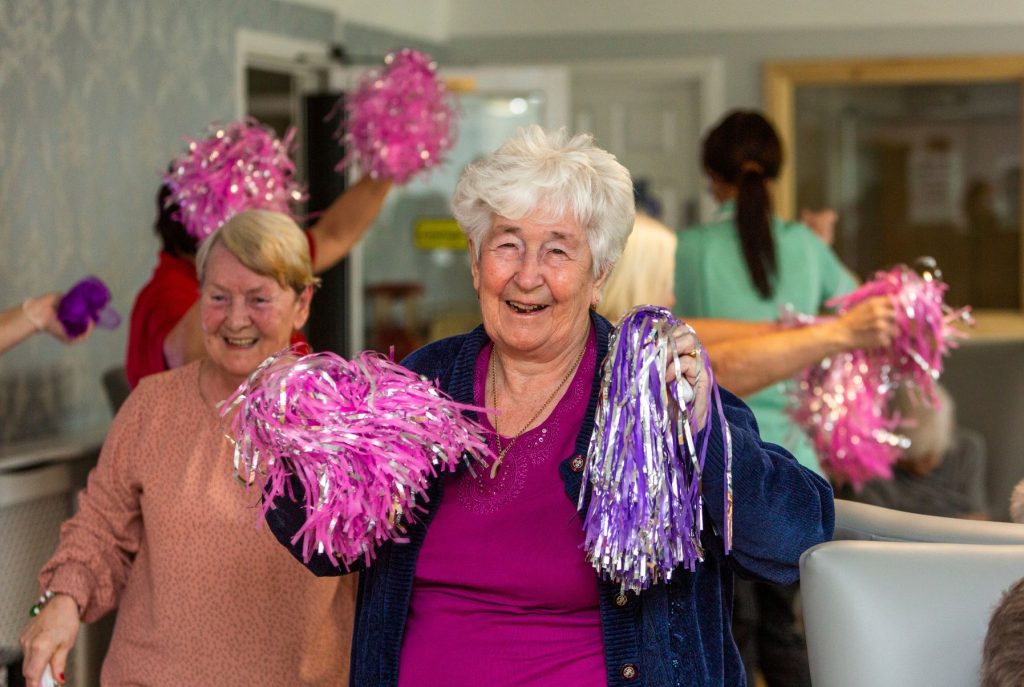

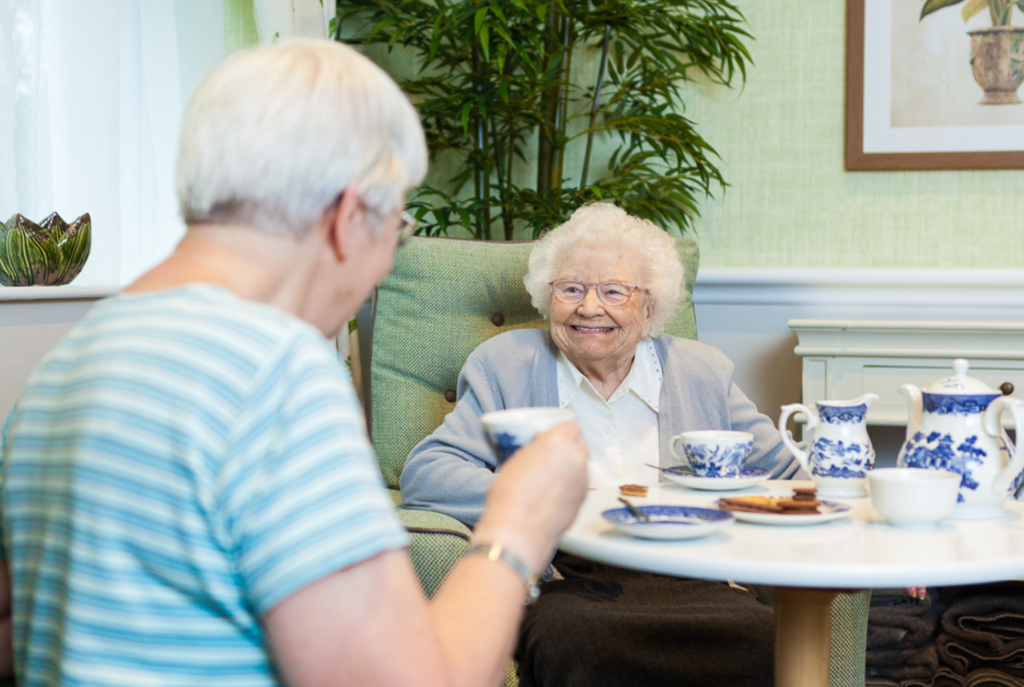

 Advice Hub
Advice Hub Find a home
Find a home Enquire now
Enquire now